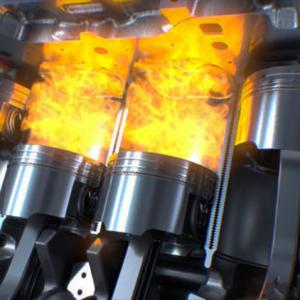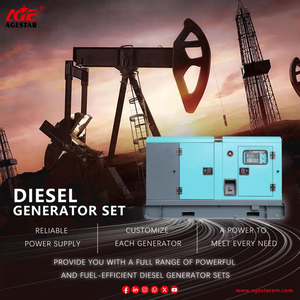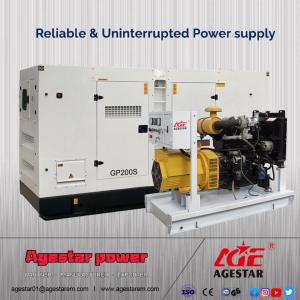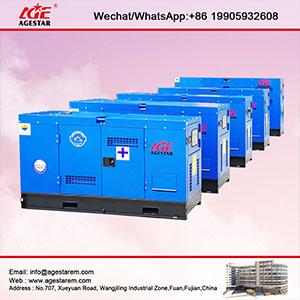What Are Common Troubleshooting Tips for Diesel Generator Sets
Diesel generator sets are used to provide reliable backup or emergency power. Diesel generator sets are especially important for industries and locations where the power supply is inconsistent. However, like any mechanical equipment, diesel generator sets can encounter issues. Knowing how to troubleshoot these issues can save time and reduce downtime. In this article, we'll explore common troubleshooting tips for diesel generator sets and describe how AGESTAR provides comprehensive support to help customers fasten their return on investment.
Understanding Diesel Generator Sets
A diesel generator set consists of a diesel engine, an alternator, and other components. It can convert mechanical energy into electrical energy and is used in a wide variety of applications, including industrial, commercial, and residential environments. However, as it is used for longer periods of time, issues may arise that affect its performance.
Common Troubleshooting Tips
1. Check the Fuel Supply
One of the most common issues with diesel generator sets is inadequate fuel supply. If the generator set cannot start or runs poorly, first check whether there is enough diesel fuel in the tank, make sure that there are no obstacles in the fuel line, and keep the fuel filter clean. Regular maintenance of the fuel system is essential to prevent clogging and ensure optimal performance.
2. Inspect the Battery
Another common cause of generator set failure is a low or dead battery. Check the battery voltage and wiring to ensure that the terminals are clean and secure. If the battery is more than three years old, consider replacing it, as older batteries may not provide enough starting power.
3. Examine the Cooling System
Overheating can lead to serious damage in diesel engines. Regularly check the coolant level and the condition of hoses and connections. Ensure that the radiator is clean and free from debris. If the generator set is overheating, check the thermostat and water pump for any signs of failure.
4. Monitor Oil Levels and Quality
Use oil to lubricate engine parts to ensure smooth operation. Check the oil level regularly to ensure it is normal and check for any signs of contamination or deterioration. Change the oil regularly according to the manufacturer's recommendations to avoid engine wear or potential breakdowns.
5. Inspect Electrical Connections
Loose or corroded electrical connections can cause power problems, and non-functioning circuit breakers or fuses can overload or even damage the generator set. Check all wires and connections for signs of wear, damage, or corrosion.
6. Check the Control Panel
The control panel displays key information about the performance of the generator set. If you observe warning lights coming on or error codes on the control panel, refer to the owner's manual or consult the manufacturer for proper instructions. In the event of a malfunction, troubleshooting steps can usually be performed from the control panel diagnostics.





